5 ChatGPT Prompts to Instantly Improve Your Writing Productivity
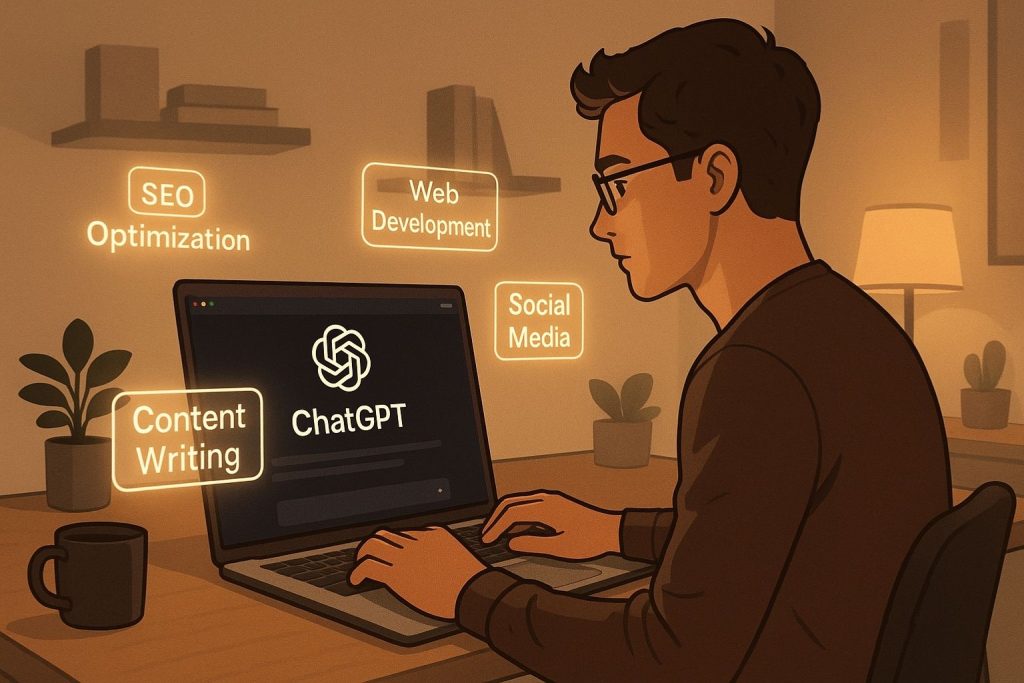
Some days you’re typing like a caffeinated genius. Other days, your blinking cursor just mocks you.
Whether you’re freelancing, creating content for your brand, writing papers, or launching your first digital product — writing is part of the job. But it doesn’t have to be the hard part.
Here are 5 specific ChatGPT prompts that will make writing easier, cleaner, and faster.
Use it when: You’ve got a great idea but can’t organize it.
Why it works: Instead of spending 15–20 minutes deciding what goes where, let ChatGPT create your roadmap.
👉 Example Prompt:
“Outline a blog post titled ‘How Freelancers Can Set Boundaries With Clients.’ Keep it suitable for a 4-minute blog.”
You’ll get something like:
- Intro that shares a relatable scenario
- 3 clear strategies (with subpoints!)
- A takeaway that encourages confident communication
Boom — blank page becomes blueprint.
✨ 2. “Make this paragraph more engaging and easy to read”
Use it when: Your text sounds like a corporate handbook. (We’ve all been there.)
👉 Before:
“Freelancers often deal with issues related to time management which can result in delays and decreased productivity.”
👉 Prompt:
“Make this paragraph more conversational and engaging: [text above]”
👉 After:
“When you’re juggling five clients and zero structure, deadlines don’t just slip — they vanish.”
This is especially useful for about pages, cold emails, or blog intros where tone matters more than buzzwords.
✂️ 3. “Rewrite this in fewer words without losing meaning”
Use it when: You’re 1,100 words deep and still explaining what could fit in 200.
Once your writing flows better, you might notice it’s gotten… verbose. That’s where this prompt helps:
👉 Before:
“In today’s fast-paced world, learning how to write clearly and effectively is a vital skill for professionals in every industry.”
👉 Prompt:
“Rewrite this in under 15 words.”
👉 After:
“Clear writing is essential for modern professionals.”
Honestly, I wish I had this trick back when I was trying to cut 300 words from a newsletter draft at midnight with a headache.
🎯 4. “Write a strong hook for this post”
Use it when: You have great content, but your intro feels like a soggy handshake.
I use this one all the time — especially when I’m staring at a blank page, feeling like the world’s most boring person.
👉 Example Prompt:
“Write a bold, casual hook for a blog post titled ‘Why Remote Workers Should Embrace Async Communication.'”
👉 ChatGPT might give you:
“Meetings don’t kill productivity — calendars full of them do.”
And just like that, you’ve got a hook with bite. Perfect for blog intros, LinkedIn posts, and newsletter openers.
🔍 5. “Suggest 3 SEO-friendly titles and meta descriptions”
Use it when: You’re ready to publish — but want to actually get clicks.
Why it matters: Meta descriptions appear in search results and convince people to read your content. If your post doesn’t show up (or looks boring), nobody clicks.
👉 Example Prompt:
“Suggest 3 SEO-optimized blog titles and meta descriptions for a post about ChatGPT prompts that help writers improve productivity.”
In seconds, you’ll have:
- Catchy titles that use the right keywords
- Meta blurbs that actually entice readers to click
This is also my go-to when I’m repurposing content for platforms like Medium or Substack.
Conclusion
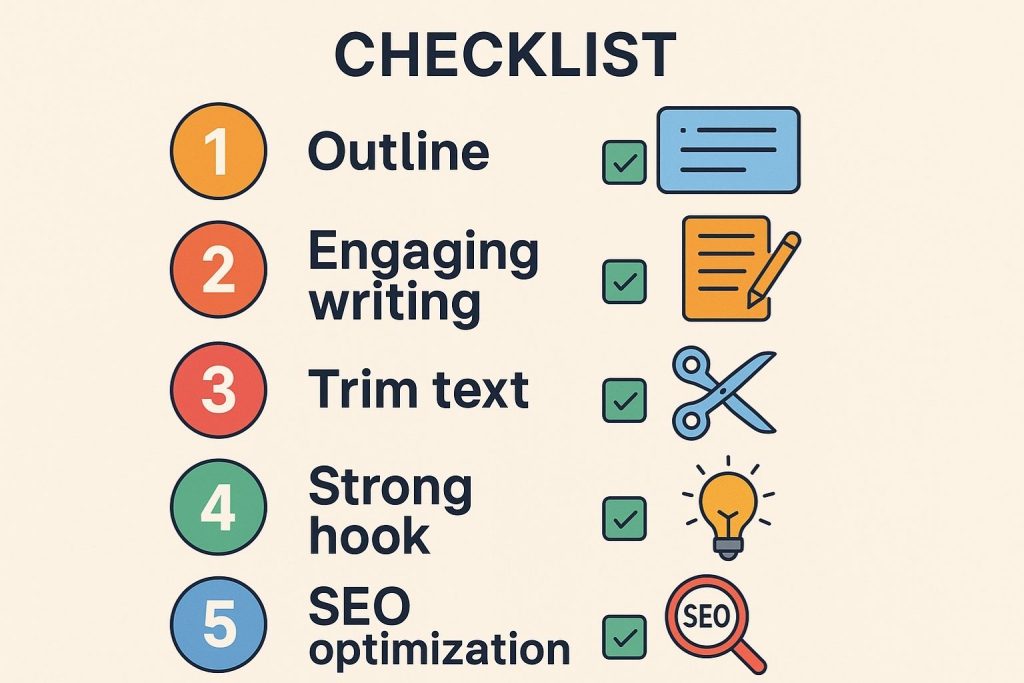
Pick one prompt and try it today.
Use #1 for long-form content, #2–3 to polish your drafts, and #4–5 when you’re ready to publish.
Most writers cut their drafting time in half within their first session — including me. Seriously, I once outlined a 2,000-word guide in under 3 minutes using Prompt #1. Not perfect, but it got me unstuck. And that’s the point.

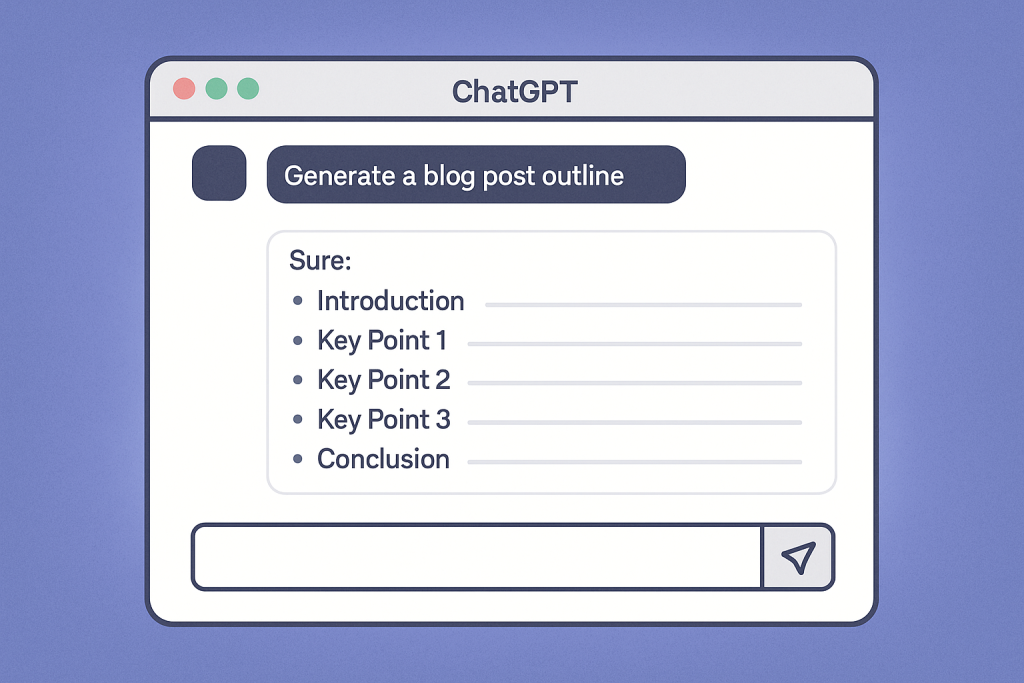

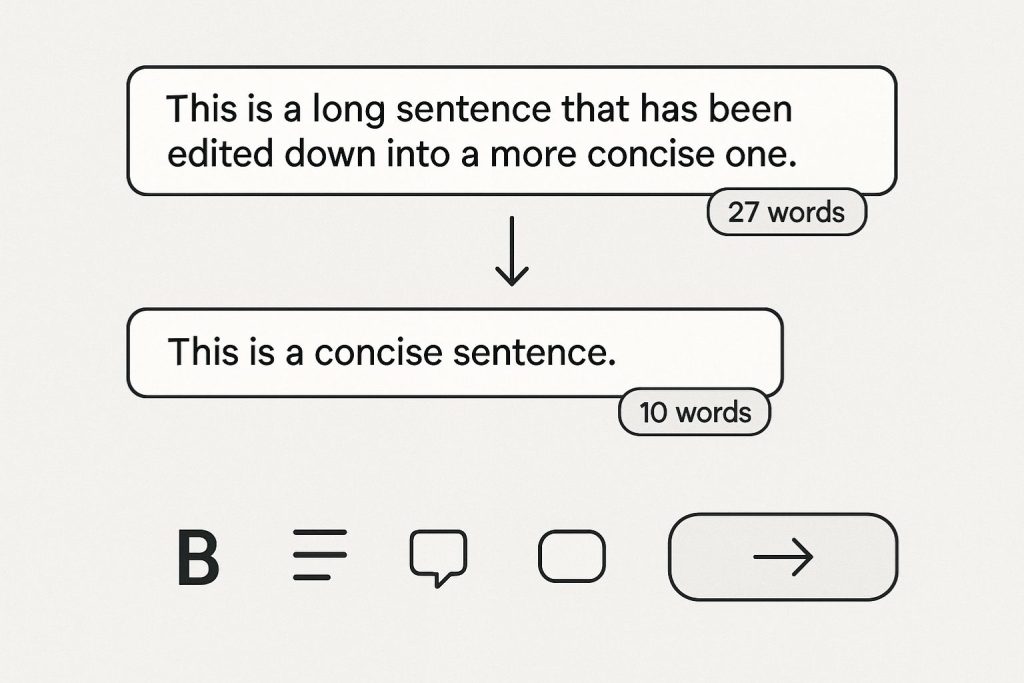
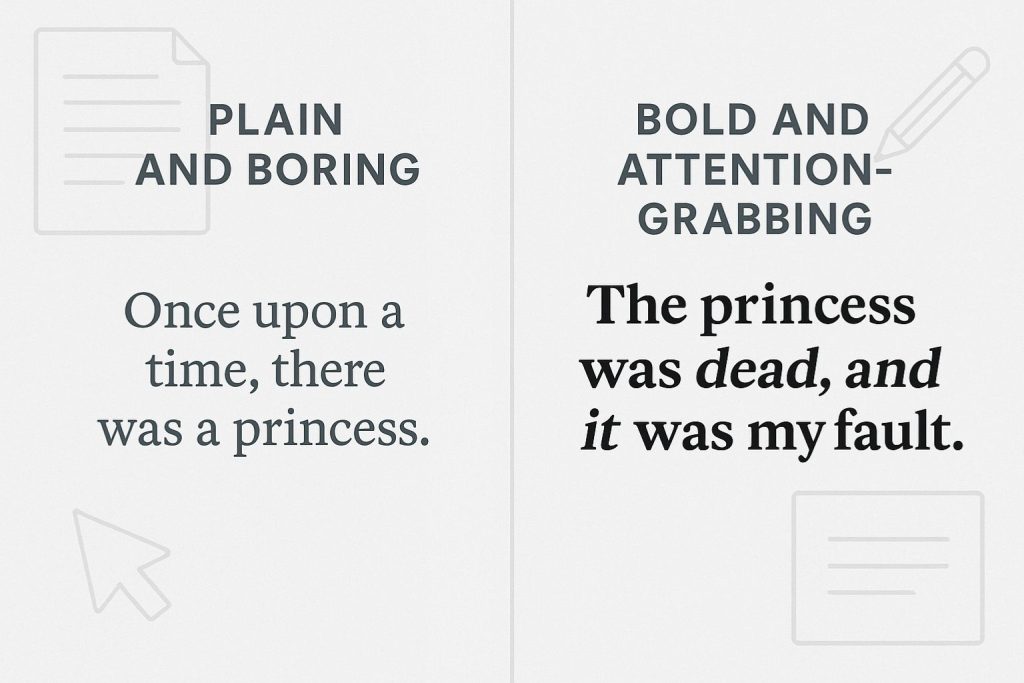
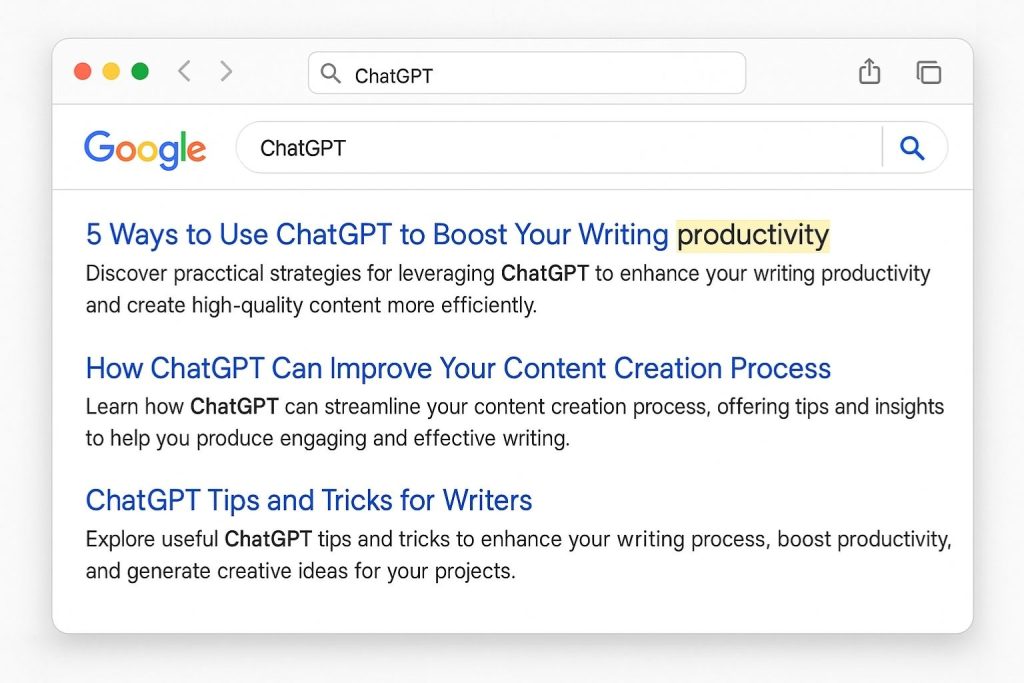
informative and useful content
[…] You May Also Like It – 5 ChatGPT Prompts to Instantly Improve Your Writing Productivity […]